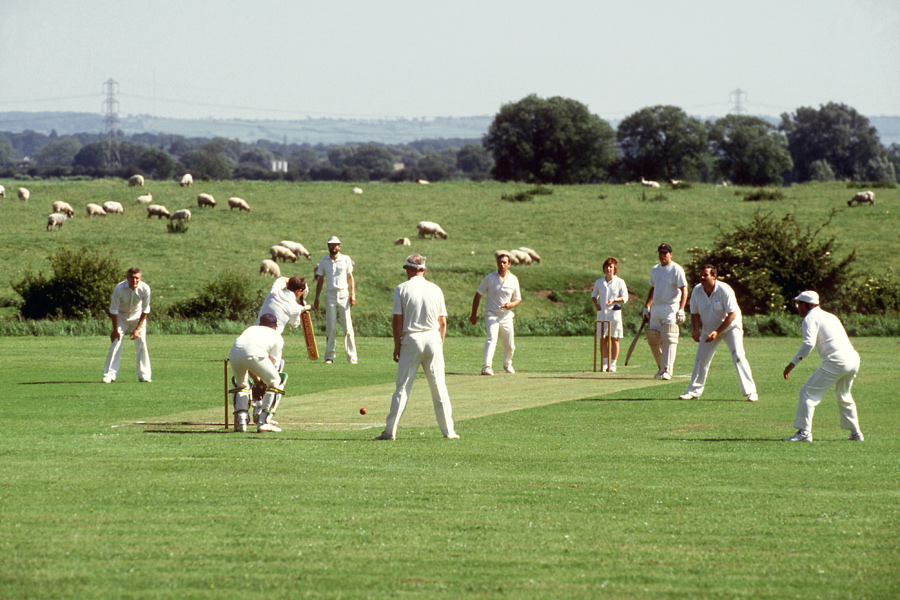Shiv Visvanathan in The Hindu
Indian culture seems too distant and fragile to sustain old age. A sense of tragedy haunts the future. One is forced to ask what is the use of the idea of India, of all our pride in our culture, when the old are left to die or live in indifference
One of the most hopeful sights one can see on Marina Beach, Chennai, is to watch groups of old people walking together, talking boisterously, comparing notes, showering each other with a barrage of anecdotes. Occasionally, one can see an old couple walking like a dignified pair, content with each other, as if their walk is a continuation of their love affair. There is dignity, a companionship and a beautiful everydayness to it. Parks and beaches are often scenes for the celebration of old age. I must confess that these scenes are public and reassuring. Yet, as one probes further, one discovers that this is a small slice of the reality of the old age in India. The HelpAge India report (2014) on old age abuse provides an altogether different picture. The statistics are frightening and the few interviews, deeply disturbing.
Based on a sample study of 1,200 people from six Tier I cities and six Tier II cities, the report suggests that old age is a frightening prospect, an ecology of violence where over half the elderly interviewed report to experiencing abuse within the family. Oddly, while the percentage of abuse has gone up, the report indicates that at least 41 per cent of those abused did not report it. Abuse, choked within and caged in silence festers like a sore. Fear and helplessness that there is no one else to depend upon and few to report to, adds to the penumbra of silence. While our myths and advertisements perpetuate the myth of happy old age, the data tells us the behaviour of our society is an insult to old age
Old age, a commodity
When cities are ranked in terms of the level of abuse, Bangalore tops among Tier I cities with the sample reporting 75 per cent of abuse. Among Tier II cities, Nagpur is highest with 85 per cent interviewed reporting abuse. What is interesting is that such abuse is not occasional but sustained with verbal abuse (41 per cent), disrespect (33 per cent), and neglect (29 per cent) emerging as the three most frequent types of abuse reported by the elderly. Despite their helplessness, the elderly are good sociologists, analysing the roots of their abuse to emotional dependence, economic dependence and the changing ethos of values. There is a sense that in a deep and fundamental way, we are no longer a caring society.
When cities are ranked in terms of the level of abuse, Bangalore tops among Tier I cities with the sample reporting 75 per cent of abuse. Among Tier II cities, Nagpur is highest with 85 per cent interviewed reporting abuse. What is interesting is that such abuse is not occasional but sustained with verbal abuse (41 per cent), disrespect (33 per cent), and neglect (29 per cent) emerging as the three most frequent types of abuse reported by the elderly. Despite their helplessness, the elderly are good sociologists, analysing the roots of their abuse to emotional dependence, economic dependence and the changing ethos of values. There is a sense that in a deep and fundamental way, we are no longer a caring society.
While the numbers speak loudly, the interviews, even if sparse and bald, capture the sociology of old age more graphically.
For many, old age is a space of helplessness, callousness and indifference. Despite being caught in the web of symbolic and physical violence, the old are still able to provide an ethnography of despair. They point out quietly that old age has become a commodity. The younger generation commodifies old age by seeing the old as sources of pension, property, income. The old are like the goose that must lay the golden eggs and move on. Waiting for the old to die seems an unnecessary inconvenience. Yet, when the old have nothing more to give, they are seen as dispensable. Keshav, a 65-year-old from Kolkata, complains that his wife and he are constantly abused because they do not earn. His wife cooks for the entire family and yet they have to plead for a fair share of the food. Worse, as the report notes tersely, “even requests for medicine or clothes are met with taunts of their impending deaths and termed as a ‘waste’ on them.” The political economy of our new old age becomes clearer in interviews. Old age is not a part of the ritual cycle, a natural process where the old retire with dignity, providing a richness of emotion and memory to the family. Today, when the elderly wither away as a commodity, a milch cow to be milked by greedy children, they become waste to be abandoned. One literally sees them as “useless eaters” to be denied food and medicines and to be eventually abandoned in the dust heap and suffer in silence and indifference. Many of the old reported that they went hungry to sleep.
Politics of abuse
What makes the report so devastating is that it is so baldly written. It’s a no-nonsense approach, its census of violence becomes even more devastating because of a sheer absence of sentimentality. It provides the facts and asks you to feel, feel angry or embarrassed. When parents complain that they have been reduced to being less than domestic servants, denied even their basic needs, one wonders what happened to the idea of India, our sense of a civilisation, the empty boast about our Indian-ness.
What makes the report so devastating is that it is so baldly written. It’s a no-nonsense approach, its census of violence becomes even more devastating because of a sheer absence of sentimentality. It provides the facts and asks you to feel, feel angry or embarrassed. When parents complain that they have been reduced to being less than domestic servants, denied even their basic needs, one wonders what happened to the idea of India, our sense of a civilisation, the empty boast about our Indian-ness.
The report shows that the vulnerability of old age is created out of the political economy of dependency. The old probably grew up expecting their children to nurture and protect them, sustain their sense of worth and dignity. What breaks them is the fact that their children see them as being useless, a burden, and yet what adds to the desperate poignancy is that they are not able to cut loose. The family, memory, emotion becomes a guise of dependency perpetuating the violence as the old feel there is nowhere to go and no alternative system which could sustain them. The extended family or the neighbourhood, the local politician or the policeman are of little help. To the vulnerability that abuse creates, one adds a sense of helplessness. Old age is now an iron cage from which there is no exit.
There is a touch of the new to this politics of abuse. The tyranny of the regime is enforced by the son and the daughter-in-law. The daughter-in-law is the new Hobbesian sovereign in these sociological anecdotes as the mother-in-law becomes a desiccated old creature, unrecognisable from the soap operas of old which glorified her power and authority. The son sides with the wife against the mother upturning one of the oldest norms of domestic politics. It is also clear that there is a generational change here. The new generation wants the old to give them property but then move on. They are not seen as part of the ritual cycles of domestic life. The old grammar has changed. Old age, once a sign of status, a rite of passage to dignity, is now redundant or pathological, a problem for policy and social work, not for the family which states its indifference ruthlessly.
The report can be read both as a sociology and a social policy. As sociology, the old themselves ponder on the distance between generations, the absence of ethics and memory that could have provided dignity to old age. As a teacher I often ask my students — a sensitive lot — to talk about their grandmothers, to give me details about stories they have heard or food cooked. Most of them seemed embarrassed, surprised with such intrusive questions; only one could talk of his grandmother’s pickles with a zest that summoned a whole sensorium. For most of them, grandparents have become occasional question marks, ritual burdens. Few have recollections of stories told, preferring the narratives on TV or the Internet. It is almost as if grandparents are like creatures out of Tussauds; features that can be ignored. I asked one student to describe the touch of her grandmother. She almost felt repulsed exclaiming, “God, she is so old and scaly.” An absence of memories and ethos of sharing disrupts the ecology of old age. Dignity has become a rare word as abuse becomes the sociological constant.
The report also adds that for the elderly, there is little knowledge of helplines or sources of appeal.
Shift in values
The report however raises a deeper question in a tacit way. One has to understand that ours was a civilisation where the old were honoured, where old age was a position of dignity and wisdom. Somehow with modernisation, consumerism, individualism, the values of old age are no longer part of our society, at least as reflected in the survey sample.
The report however raises a deeper question in a tacit way. One has to understand that ours was a civilisation where the old were honoured, where old age was a position of dignity and wisdom. Somehow with modernisation, consumerism, individualism, the values of old age are no longer part of our society, at least as reflected in the survey sample.
The question is does such a problem have to be solved civilisationally or is it merely an act of repair, a creation of social security to be effected by public policy? It is the erosion of values that disconcerts one to suddenly realise that your grandparents are not a refuge, a bundle of stories, a ganglion of memories, an appeal against parents but an appendage, economically useless and burdensome. The question is do we rethink the norms of old age, treat it as a commons of stability and wisdom, and change the values of our culture? The other alternative is to accept that old age is a problem and accept that new institutions of support outside the family have to be built. Social policy as a piece of plumbing and repair haunts the report. Culture seems too distant and fragile to sustain old age. A sense of tragedy haunts the future. One is forced to ask what is the use of the idea of India, of all our pride in our culture, when the old are left to die or live in indifference. As children, we used to laugh when we heard that the Japanese were buying land for old age homes in India. Maybe they had a better sense of the future than us.


